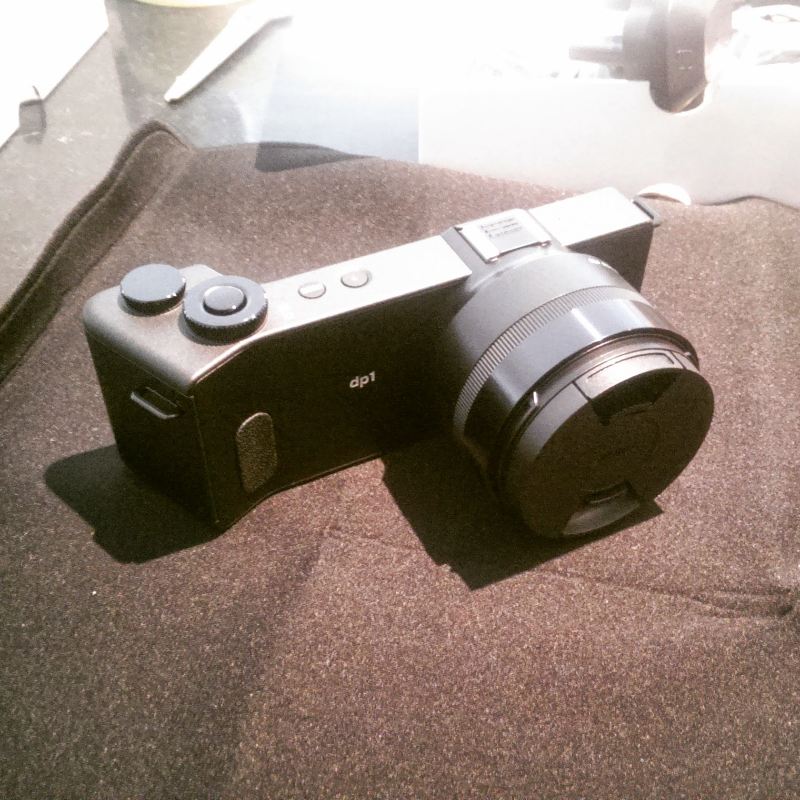Navigating the Maze: Choosing the Right Camera for Your Photography Journey

Welcome to the thrilling world of photography! Whether you’re captivated by majestic landscapes, dream of capturing fleeting moments, or yearn to explore the intricate details of the macro world, the right camera can be your faithful companion on this creative journey. But with a vast array of options available, choosing the perfect camera can feel like navigating a maze. Fear not, fellow image enthusiasts! This comprehensive guide will illuminate your path, helping you understand your needs, explore different camera types, and ultimately find the ideal tool to bring your vision to life.
Understanding Your Needs: Defining Your Photography Style and Goals
Before diving into the technical specifications, take a moment to reflect on your individual aspirations. Ask yourself:
- What are your preferred genres of photography? Do you dream of capturing breathtaking landscapes, candid portraits, action-packed sports, or intricate close-ups?
- Where and when will you be shooting most often? Will you primarily shoot outdoors, in low-light conditions, or in a controlled studio environment?
- What is your current skill level? Are you a complete beginner, an enthusiastic hobbyist, or an aspiring professional?
- Do you prioritize portability, ease of use, or advanced features? Consider how these factors influence your camera choice.
- What is your realistic budget? Setting a budget at the outset helps narrow down your options and prioritize features within your means.
By answering these questions, you’ll gain valuable insights into the type of camera that best aligns with your unique needs and goals. Remember, the perfect camera is one that empowers you to create, not the one with the most bells and whistles.
Camera Types Demystified: Unveiling the Options

Now, let’s delve into the diverse world of camera types:
- DSLRs (Digital Single-Lens Reflex): These classic workhorses offer interchangeable lenses, a large viewfinder, and excellent image quality. However, they tend to be bulkier and heavier than other options.
- Mirrorless Cameras: Gaining popularity for their compact size, electronic viewfinders, and advanced features like silent shooting and fast autofocus. Perfect for travel and everyday photography.
- Point-and-Shoots: Often compact and user-friendly, ideal for beginners or casual photographers. However, they offer limited control and lens flexibility.
- Compact System Cameras (CSCs): Similar to mirrorless cameras but with smaller sensors, offering a balance between portability and image quality. Great for travel and everyday use.
Remember, this is not an exhaustive list, and specialized cameras like action cameras and medium format cameras exist for specific needs. Research individual models within each category based on your budget and desired features.
Sensor Showdown: Full Frame, APS-C, Micro Four Thirds, and What They Mean
Sensor size plays a crucial role in image quality, especially in low-light conditions. Here’s a quick breakdown:
- Full Frame: Largest sensor size, offering excellent low-light performance, dynamic range, and bokeh (background blur). However, full-frame cameras and lenses tend to be more expensive and heavier.
- APS-C: Smaller than full frame, balancing affordability with good image quality. Popular choice for enthusiasts and hobbyists.
- Micro Four Thirds: Even smaller sensor size, resulting in lighter cameras and lenses. May struggle in low light compared to larger sensors.
It’s not just about size! Consider your shooting style and budget when making this decision.
Key Features and Considerations: Beyond the Megapixels
While megapixel count often grabs attention, other features play a significant role:
- Autofocus: Crucial for capturing action and achieving sharp focus. Look for fast and accurate autofocus systems, especially if you shoot moving subjects.
- Image Stabilization: Reduces camera shake for sharper images, especially important in low light or when using telephoto lenses.
- Video Capabilities: If videography interests you, consider cameras with dedicated video features like 4K resolution and smooth frame rates.
- Ergonomics and User Interface: Choose a camera that feels comfortable in your hands and has controls you find intuitive.
Don’t get too caught up in the numbers game! Research specific features and their impact on your desired outcomes.
Budgeting for Your Dream Camera: Setting Realistic Expectations
Remember, the most expensive camera isn’t always the best. Set a realistic budget based on your needs and prioritze features that matter most. Consider:
- Used vs. New: Used cameras can offer significant savings, but be sure to inspect them carefully before purchase.
- Bundled Deals: Look for deals that include lenses, accessories, or software, potentially stretching your budget further.
- Alternative Options: If your dream camera falls outside your budget, explore similar models with fewer features or consider renting equipment for specific projects.
